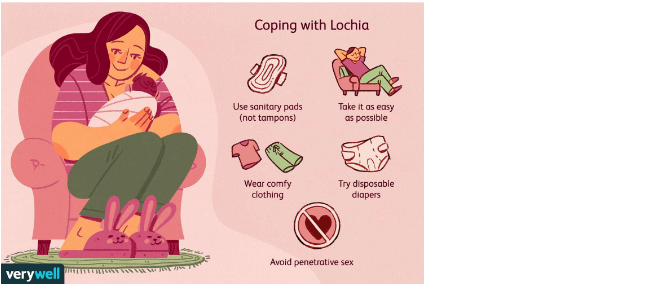Complications of Cesarean delivery
Complications of Cesarean delivery ( 5 Questions)
A nurse is caring for a client who had a cesarean delivery 24 hours ago.
The nurse notices that the client has a fever of 38.2°C, increased redness and swelling at the incision site, and foul-smelling lochia.
What is the most likely cause of these findings?
he client’s fever, increased redness and swelling at the incision site, and foul-smelling lochia are all signs of infection, which is a common complication of cesarean delivery.
Hemorrhage is wrong because hemorrhage would cause excessive bleeding, low blood pressure, and rapid pulse, which are not mentioned in the question.
Deep vein thrombosis is wrong because deep vein thrombosis would cause pain, swelling, and tenderness in the legs, which are not mentioned in the question.
Wound dehiscence is wrong because wound dehiscence would cause separation of the incision edges, drainage of serous fluid, and exposure of underlying tissues, which are not mentioned in the question.
The correct answer is choice A. Infection. The client’s fever, increased redness and swelling at the incision site, and foul-smelling lochia are all signs of infection, which is a common complication of cesarean delivery.
Choice B. Hemorrhage is wrong because hemorrhage would cause excessive bleeding, low blood pressure, and rapid pulse, which are not mentioned in the question.
Choice C. Deep vein thrombosis is wrong because deep vein thrombosis would cause pain, swelling, and tenderness in the legs, which are not mentioned in the question.
Choice D. Wound dehiscence is wrong because wound dehiscence would cause separation of the incision edges, drainage of serous fluid, and exposure of underlying tissues, which are not mentioned in the question.
Normal ranges for lochia are as follows:
• Lochia rubra: bright red blood and clots that last for 3 to 4 days after delivery
• Lochia serosa: pinkish-brown discharge that lasts for 4 to 10 days after delivery
• Lochia alba: yellowish-white discharge that lasts for 10 to 14 days after delivery
Foul-smelling lochia indicates infection and should be reported to the health care provider.


